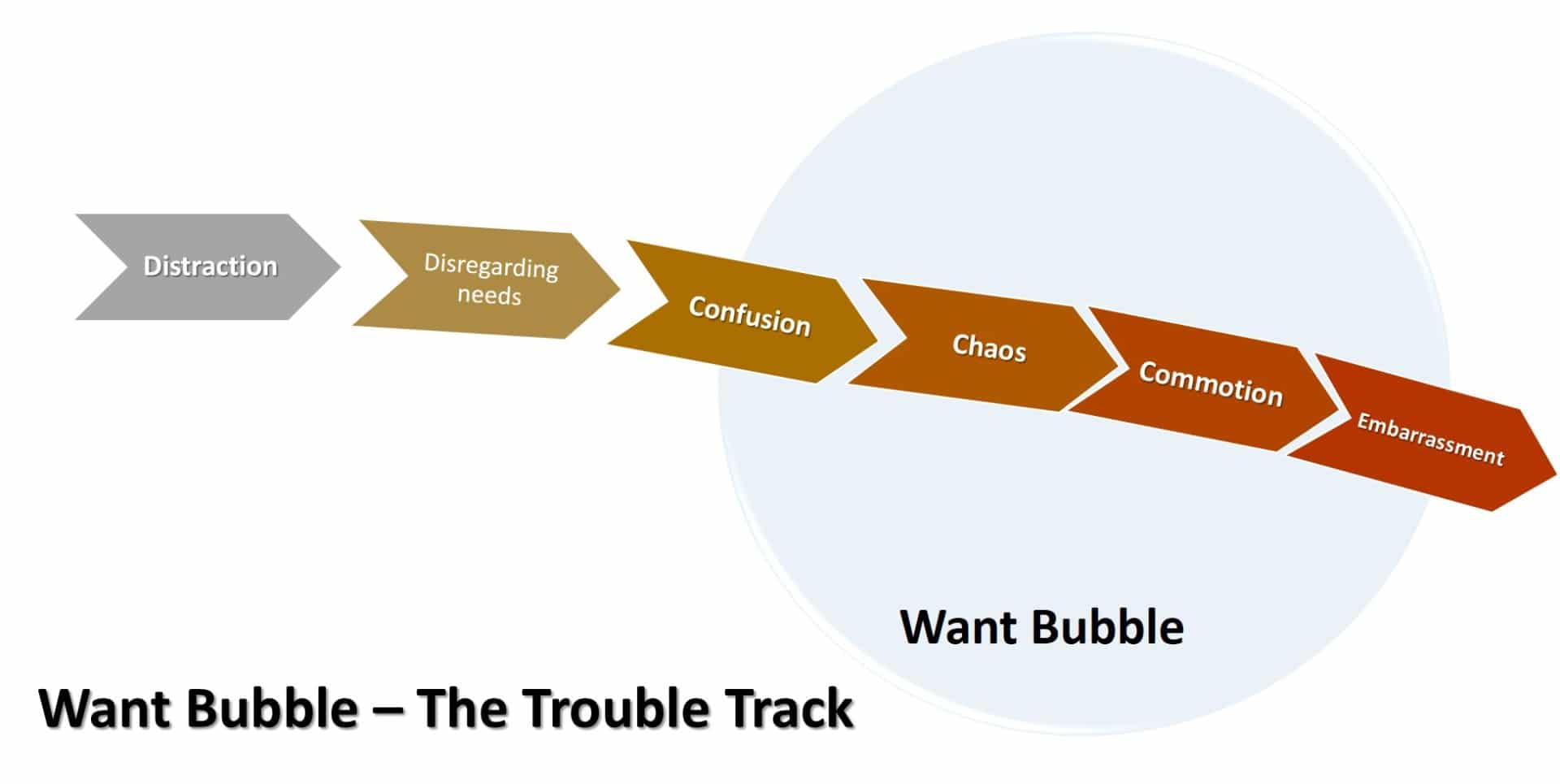After spending hundreds of hours observing preschoolers in different environments – at home, at preschool and other organized activity, at supermarkets and other stores, at birthday parties and during outdoor free play, I discovered a pattern in their behaviour that leads to commotion so common at that age. It looks like seagull’s behavior. Anyone who has encountered seagulls on a beach, will immediately visualise the squawking, nagging and the persistent demands. Older children and adults display similar pattern in a subtle way.
| Seagulls
Seagulls are extremely intelligent, supremely capable birds. As mentioned in the bonus section of Beach Bungle, they are ‘acrobats in the air.’ They are also very hungry. Which means they can go to any extent for food. They squawk, they snoop and swoop down on food and also snatch foods of hands. Seagulls have the brains, the ability and almost insatiable hunger. They are also cute even though pesky at times. The bird thus personifies children when they nag and demand and throw tantrums.
|
‘Seagull behavior’, the pattern of behavior that leads to unreasonable demands, nagging or pestering, tantrums in children is what I call ‘The Trouble Track.’ There are multiple stages in this trouble track before the eventual commotion.
The Start
The trouble track invariable starts with a tired, hungry, anxious, sick or in pain, sleep-deprived or over-stimulated, not rested child. This is a ‘Child who Needs (something)’.

The Stages
- Distraction
When a ‘Child who Needs’ is distracted from what he actually needs, it kickstarts his journey on The Trouble Track.
- Disregarding the need
In a stimulating (chaotic) environment like a shopping mall or a party, children are so taken by the stimuli around that they are unaware (younger ones) or they disregard (older children) their need and just go with the flow.
- Confusion
The unmet need, say hunger, keeps popping because well, it is a need and it is not met. This conflict between the unmet need within and the plentiful ‘wants’ outside leads to Confusion of sorts, that further takes the child away from what he needs into a ‘want bubble.’
- Chaos
Once inside the ‘want bubble’, it is chaos. The child starts to show outwardly, disorderly reactions due to agrravated confusion between what he needs and what he wants. This will automatically lead to the more pronounced next stage.
- Commotion
Crying, throwing tantrum, not listening in younger children is the culmination of The Trouble Track. Older children and adults will show this stage through persistent demands for stuff not resulting to satisfaction – want this, want this now, want more, want everything.
- Embarrassment
Embarrassment is not a good feeling, but it is a sign of ‘coming out’ of the want bubble. It is the realisation stage – the ‘something is wrong’ and ‘I need to correct it’ stage. Absence of this unpleasant feeling hints towards the child (or an adult) going around within the want bubble. Meaning, the parent should expect continued occurrence of confusion, disorder or commotion or all three.
What can parents do to help their child get out of the want bubble?
- Understand – the child is in want bubble.
- Not react to child’s action or demands.
- Pause and think! ‘What does my child need?’ Help the child (if older) identify her own need.
- Give/ get what the child needs, not what she wants.
It is difficult to get younger children to realise the right and the wrong or the need and the want. A continued demonstartion by of choosing need over a want, asking questions helping them to think of what they need like are you hungry? Lets get something to eat or you look tired, let us have a quiet time and read a book’ will eventually help the child acquire this life skill sooner.
Children older than 6 years are smart enough to understand right and wrong and need and want. Beach Bungle is hence, designed for this age group (6-9 years). Parents need to reassure that the feeling of embarrassment will go away and is in fact a sign of realisation and beginning.

